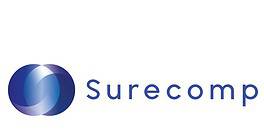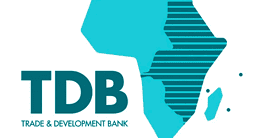New disclosure norms will create greater transparency and awareness in supplier finance arrangements and their effects on a company’s liabilities, cash flows and liquidity risk, explain Paul Coles and Daniel Smith of Orbian.
The world of supply chain finance will soon become more widely understood as an attractive source of funding for corporates globally, thanks to new accounting standards.
Introduced in late May, the International Accounting Standards Board’s (IASB’s) new disclosure requirements aim to alleviate investors’ concerns that some companies’ supplier finance arrangements are not sufficiently visible. More specifically, the changes affect the IAS 7 Statement of Cash Flows and the IFRS 7 Financial Instruments: Disclosures, and will become effective for annual reporting periods from the start of 2024.
The IASB’s goal is to make a company’s use of supplier finance arrangements more transparent and, in turn, enable investors to make better-informed decisions about the impact on the company’s operations.
For industry specialists like Orbian, these are small yet welcome changes.
“The new standards make it easier to understand supply chain finance programmes,” said Paul Coles, the firm’s Treasury Director responsible for managing relationships with funding partners. “They are also positive for highlighting why this is such a good asset class, which can help plug the so-called trade finance gap.”
In need of high standards
The new disclosure requirements have been in the pipeline since well before Covid. They resulted from a couple of corporate collapses involving atypical supplier financing arrangements that should have raised red flags previously – such as abnormally long payment terms, buyers bearing most of the costs and unusually large programmes compared with cashflows.
While these were outliers in the generally well-run world of supply chain financing, the IASB’s response addressed the backlash and subsequent industry-led efforts to find a solution.
“The biggest practical change is to create a more prescriptive reporting requirement,” explained Coles. “Adding specific data points in the footnotes of financial reports will give extra clarity.”
These elements include confirmed obligations, outstandings at the beginning of the year, invoices confirmed during the year, confirmed invoices paid during the year and then obligations outstanding at the end of the year.
Along with investors, rating agencies and auditors will also now be able to more clearly identify and better understand the impact of these financing arrangements on a company’s financial status.
More broadly, while the new requirements won’t result in any significant change, such as reclassifying trade payables into bank debt, they will help demystify supply chain financing programmes.
“Transparency is a good thing for supply chain finance,” added Orbian’s Daniel Smith, Director of Origination – EMEA. “Even though the failed programmes were just two of many thousands, the new standards are a good reminder about what could happen if supply chain finance isn’t utilised for the appropriate corporate objectives.
Ready to report
For corporates, the new reporting requirements will be relatively straightforward to deliver. “Banks or fintechs should be able to provide the extra data points required.”
In the meantime, Orbian is starting to educate existing customers and prospects on the new requirements, plus guide them on which data points they will need.
The timeframe also gives Orbian scope to develop more scalable and automated solutions to facilitate the settlement processes for payments that buyers make to suppliers – including, potentially, providing data in a dashboard format to the IASB’s new disclosure requirements, added Smith.
Ultimately, Coles sees these developments as an opportunity. “We can now further extol the virtues of supply chain financing and the importance of fully understanding its role within the global economy.”
Sponsored by:




